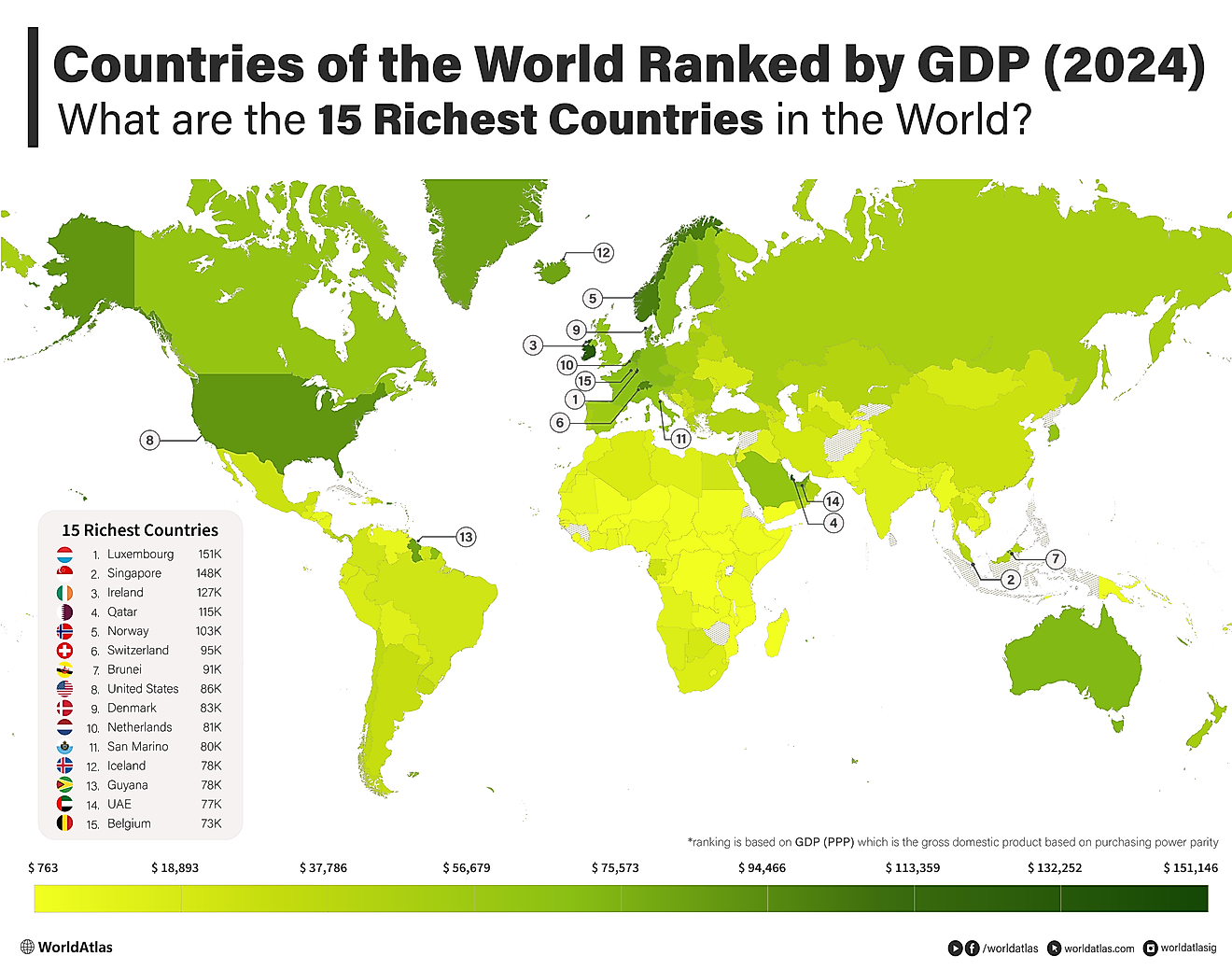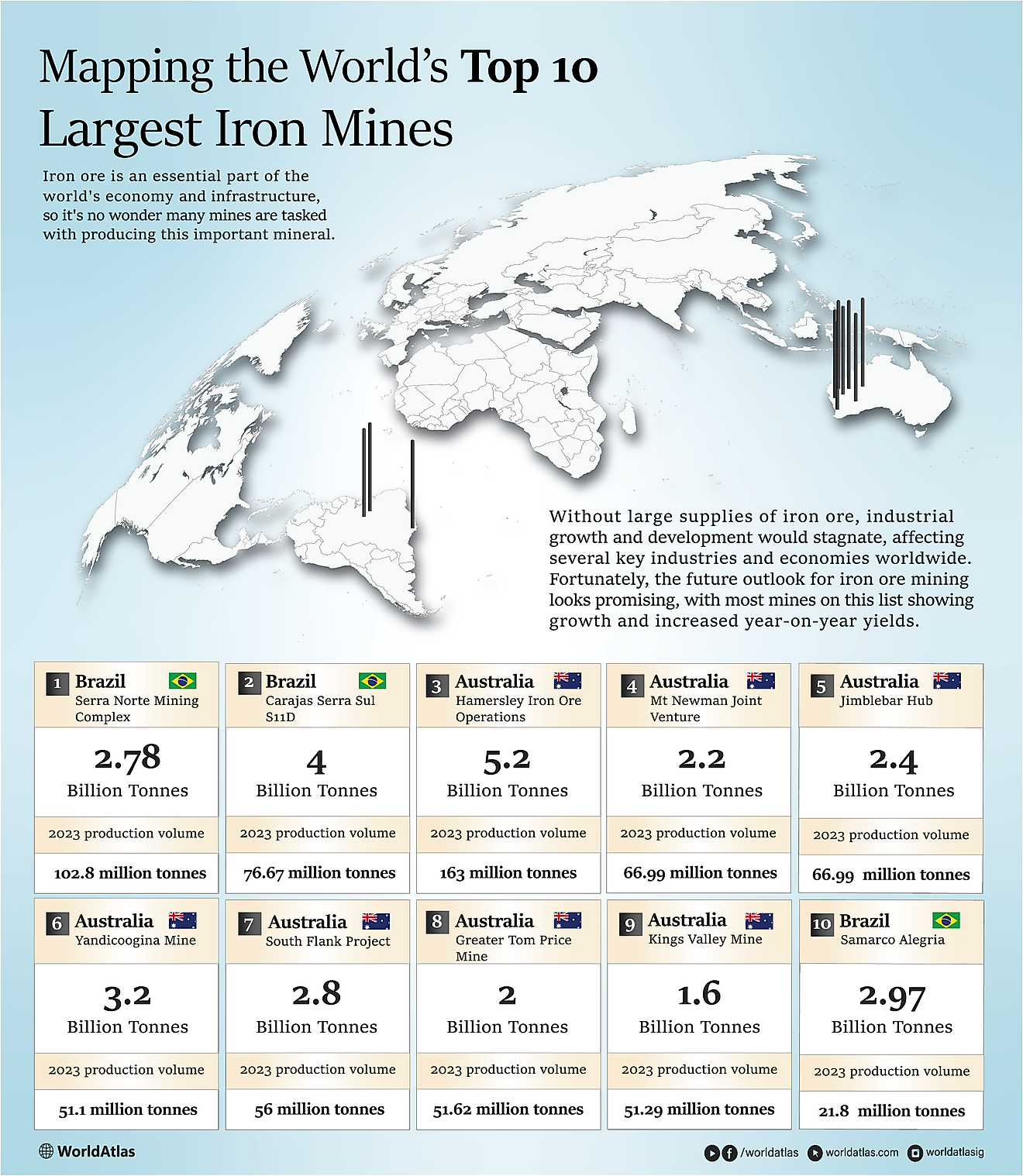What Is A Traditional Economy?

What Is A Traditional Economy?
Traditional economies, also known as subsistence economies, are small and do not generate profit because they rely on trading and bartering for goods and services. These goods and services are influenced by local values, beliefs, and customs, consisting mainly of traditional activities such as fishing, farming, and hunting. The products of these industries are generally used completely, meaning there is no excess or surplus. Traditional economies are typically found in developing countries with large rural areas and underdeveloped industry.
Advantages Of A Traditional Economy
It may seem that this type of economy is not very advantageous, but its members do benefit in several ways. The first of these benefits is that people within the society understand what their production roles are. This understanding creates less competition among individuals because they understand what resources they will receive for their services. Because social roles are based on local customs, members of traditional economies accept that their position has contributed to maintaining a functioning society for centuries. In addition, oftentimes economic decisions are made by the community as a whole or by a family or tribal leader. Another often overlooked advantage to the traditional economy is that it is less environmentally destructive than industrial societies.
Disadvantages Of A Traditional Economy
As with any economic structure, traditional economies also exhibit several disadvantages. Because of its reliance on natural settings, unexpected weather changes can have drastic results on productivity. Natural disasters like drought, flooding, and tsunami cut the amount of goods produced. When this happens, not only does the economy suffer, but the people too. Another disadvantage of traditional economies is their vulnerability to bigger and richer countries, which usually have market economies. These wealthier nations may often impose their industries within countries of traditional economies, which can have a negative impact on the environment. For example, oil drilling endeavors may benefit the wealthy nation and contaminate water and soil of the traditional country. This contamination may further reduce production output.
Where Do Traditional Economies Exist?
The Inuit peoples of the Arctic (Greenland, Canada, and Alaska) continue to practice traditional economies. In Greenland, for example, fishing and shrimping are important economic activities. In other areas, hunting and raising reindeer are common practices. Hunting is a critical part of the society, and when one person in a hunting party is successful, the meat is divided among all members of the party. This ensures that not one person goes without food. The Inuit have held these customs for thousands of years, passing information from one generation to the next. For them, it is all about survival in one of the harshest climates on the earth.
Although not a completely traditional economy, around 66% of the population of Haiti continue to practice subsistence farming. The country remains one of the poorest in the western hemisphere. Tribes living in the heart of the Amazon in South America also continue to practice traditional economic activities and have little to do with the outside world.
Historic Traditional Economies
Because these subsistence economies are vulnerable to external influences, they are becoming more scarce around the world. The indigenous people of North America once existed on a traditional economy that centered around hunting, fishing, and gathering. Once European colonists began arriving, the subsistence economy suffered great losses. Not only was the European market economy stronger, but the colonizers brought war, disease, and genocide. It wasn’t long before the traditional economy of Native Americans gave way to money instead of trade and began to incorporate newer technology and goods, like metal and guns.







